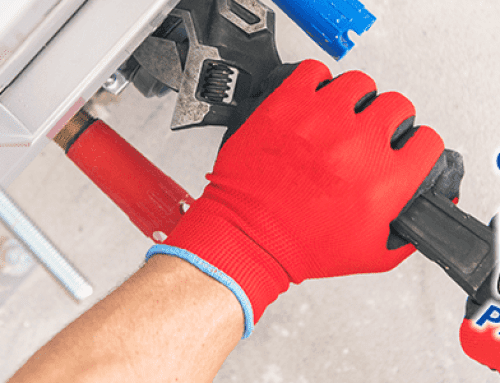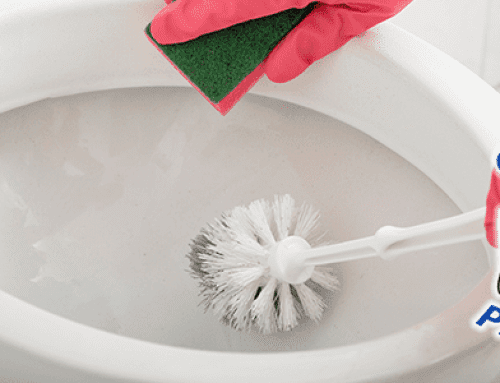After a long day of work, you stop at the gym to release some pent-up energy by working up a sweat. You cannot wait to get home to prepare dinner while you take a hot steamy shower to relax and clean yourself. However, the shower is piping cold. You turn the hot faucet all the way, and the water change from cold to slightly less cold. For good measure, you turn off the cold faucet to see if that will work. To your utter astonishment, you realize that you left the cold faucet off the whole time. If you have ever experienced a similar scenario, then you know that this is not only frustrating but could mean that your water heater may need repairs or even replacement. In this article, we will discuss when you should repair versus when you should replace water heaters in your home.
What is the Average Lifespan of a Water Heater?
The average lifespan of a water heater is between eight to twelve years, depending on the model and manufacture of the water heater.
If My Water Heater is Over Eight Years, Should I Replace it?
If your water heater is around the average life expectancy of a water heater and gives you problems, it does not mean that it needs replacement. Before spending money on a replacement heater, there might be some minor repairs that will help extend the life expectancy of the water heater.
Steps to Check to Repair a Water Heater
Below are some troubleshooting steps a person can take to repair a water heater. Please note that water heaters are pressurized and can be dangerous. This is for informational purposes, and we recommend that you call a professional plumber.
For an electric heater, we suggest these steps:
- The first step to take when the water heater is not working correctly is to check to make sure it is not an electrical problem. The first check is to ensure that the fuse and breaker are as they should be.
- Check to make sure that the water heater thermostat is not defective.
- Try flushing the water heater to remove any sediment buildup.
- Make sure the pipes are properly insulated, thus retaining heat.
- Raise the temperature setting on the thermostat.
- Try replacing the thermostat.
For a gas water heater, we suggest the following steps:
- Check to see if the gas is connected
- Check to see if the pilot light is still on.
- Make sure the pipes are properly insulated.
- Clean out the gas burner
- Replace the thermocouple, which is a safety device that automatically shuts off gas when the pilot light extinguishes.
- Raise the temperature setting on the thermostat.
- Try replacing the thermostat.
Other steps that you can take include:
- Drain the tank and clean the inside with white vinegar
- Replace the pressure relief valve
- Check for leaks in the pipes that provide water to the water heater.
Replace the Water Heater
If, after attempting all these steps to try and repair the water heater and the problem persists, it might be time for a replacement. Contact Conyers Plumbing, and we will give you estimates for a new water heater that will meet your family’s needs.




